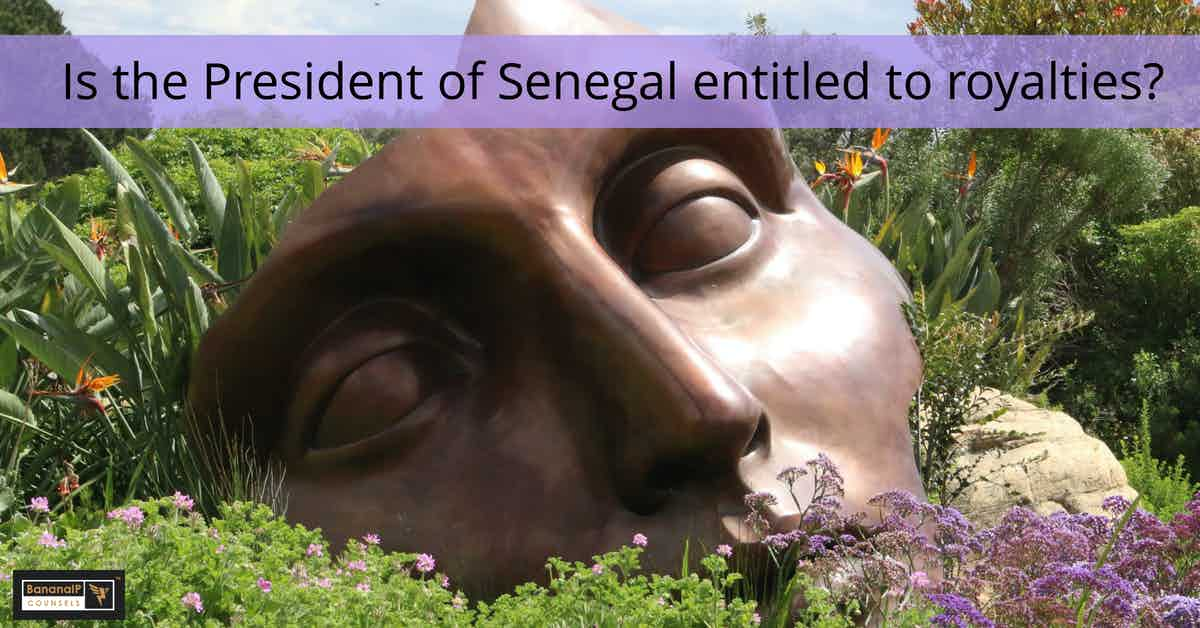First Publication Date: 18th November 2009
A statue named “African Renaissance” is being made in Senegal which will be taller than the Statue of Liberty in New York and larger than the Eiffel Tower of Paris. This statue is being made with an understanding that the same will give a boost to the tourism and will generate income which can be used for the welfare of the country. However, ever before the completion of this “Artistic work”, the same has come under the controversies, which run around none other then the President of Senegal.
Mr. Wade, the President of Senegal, in his speech has stated that he being the author /designer of the Statue should be receiving 35% royalties generated from the Statue and remaining 65% will be going to the State. This as a result has raised a debate within the field of intellectual property that whether the work of Mr. Wade will be considered as work done during his course of employment or work done as an independent artist.
Under Article II, Berne Convention provides for protection of work of architecture. Senegal is also a member of Berne Convention and hence has implemented the directive of the Berne Convention in its National Legislation. However as the Copyright law of Senegal is not available, I refrain myself to comment upon the same.
In the present case there are 2 possible scenarios:
Firstly, if the work by Mr. Wade was within the course of his employment?
If the President decides to raise a Statue in a city, the decision reflects the resolution of the Government. The execution of such a work includes hiring of Artist, workmen, allocation of resources, etc. However, as happened in the present case, even if the President decides himself to be the Artist of the Statue, his decision is as the President. Had he been an Artist, the mere decision to construct a statue could not have been fulfilled without approval of the same by government, allocation of land and resources by the government and other necessary approvals.Hence, his work will be considered as done during the course of his employment.
Secondly, if the work done by Mr. Wade was independent of his duties as the President?
The duties of the President does not include to design a statue. In the Case of Noah Vs Shuba [1991] FSR 14, where the Plaintiff was a Consultant epidemiologist with the Public Health Laboratory Service (PHLS). He wrote during his free time ‘A Guide to Hygienic Skin Piercing’ which was published and distributed by the PHLS. Later defendant wrote an article in which he took substantial extracts from the book of the plaintiff without his permission. The argument was raised as to whom the copyright belong, to the Plaintiff or to the PHLS.It was held by the court that the book had not been written by the plaintiff during the course of his employment. Also in this case the contract of the plaintiff entitles him to retain the copyright in his work. And hence the plaintiff was considered as the author of the work.
If a similar situation arises in India, the answer to the same lies within the Copyright Act, 1957. Indian Copyright Act, 1957 under Section 2 (c) provides that the artistic work will mean:
(i) …
(ii) An architectural work of art; and
(iii) …
An author is defined as:
(i) ….
(ii) ……
(iii) In relation to an artistic work other than a photograph, the artist;
(iv)….
(v) ……
(vi) …….
Section 17 provides that unless there is a contract to the contrary, the copyright will subsist in the author of the work, which by virtue of Section 2 (c) and (d) is Mr. Wade. However, Section 17 (d) can be considered as an exception which provides that in case of the Government work, unless there is a contract to the contrary, the Government will be the first owner of the copyright.
The argument in favour as well as against are strong enough and will be tested by the Courts if the situation arises. However I am of the opinion that the copyright in the Statue will belong to State and the President Mr. Wade does not have any right over the royalties of the Statue. His act of designing the Statue should be considered as a done during the course of his employment with the state. Though, he still has the moral right to be known as the author of the work.



